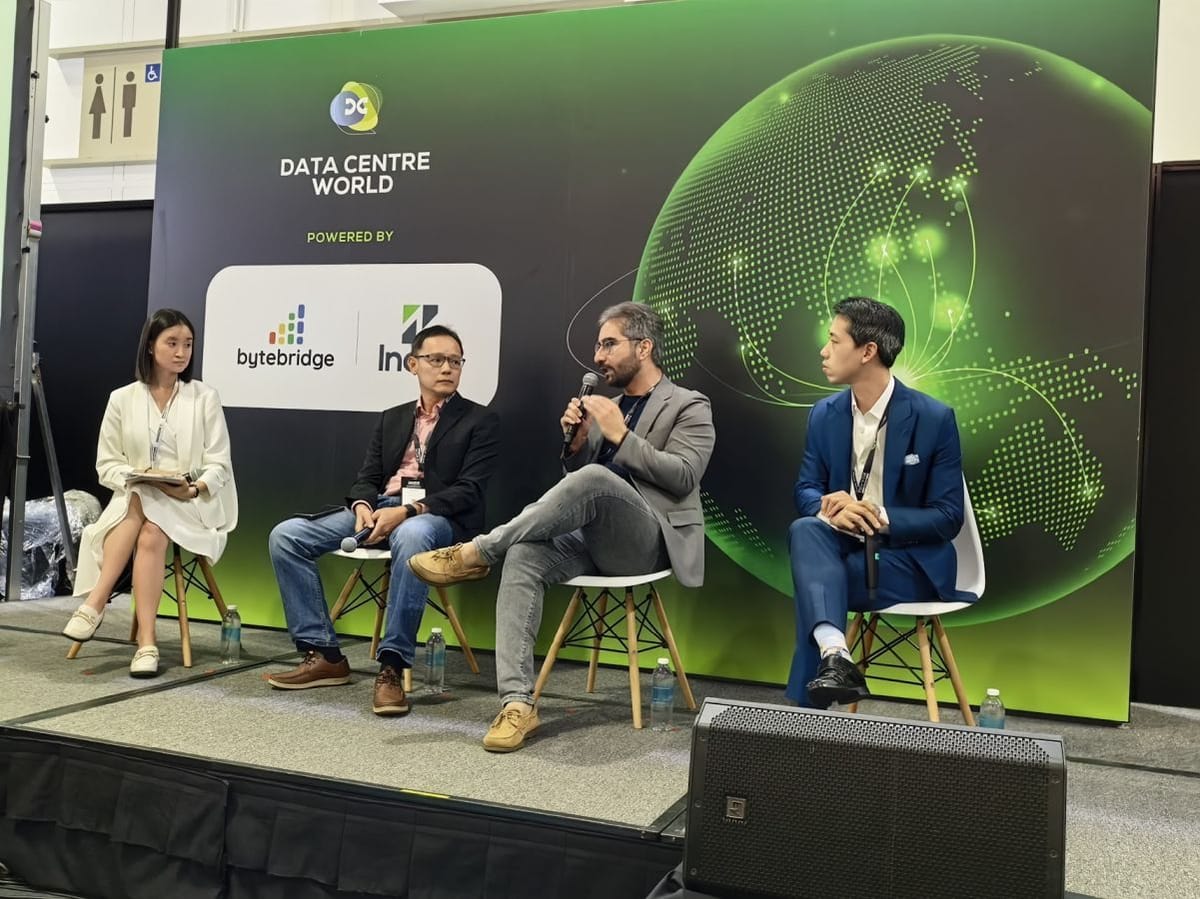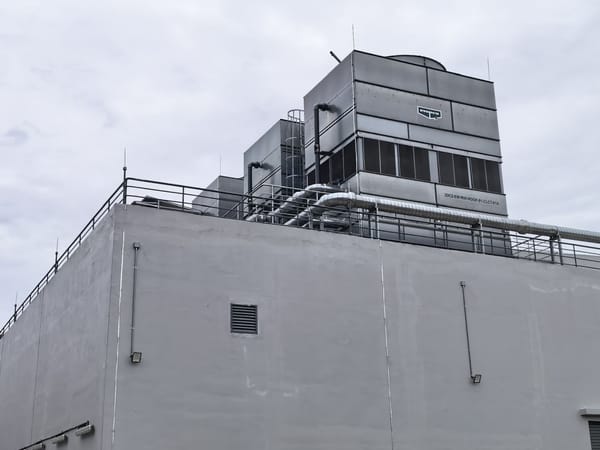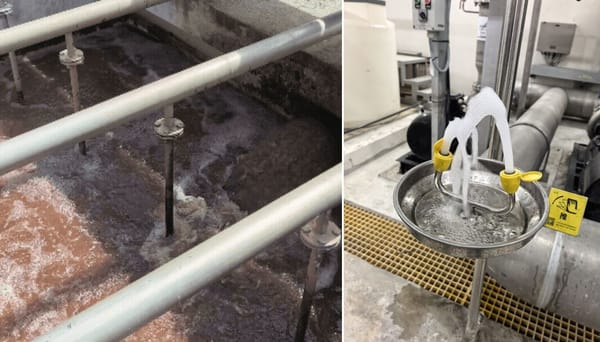How Bridge Data Centres processes treated wastewater
And achieves up to 85% water recovery in Johor.

How does Bridge Data Centres treat the water for its 200MW data centre in Johor? By using an advanced treatment process with two distinct stages.
I sat through a fascinating panel on sustainable data centres at DCW Asia today, moderated by Vivian Wong from DC Byte, and learned things I didn't know about the evolving water challenges facing modern facilities.
Bridge Data Centres' two-stage approach
Bridge Data Centres is among the first to use treated wastewater for its 200MW data centre in Johor. Lye Yit Tho, VP of Design, shared details of their innovative system.
The data centre uses two main treatment technologies working in sequence. The first stage employs a Membrane Bioreactor that uses microorganisms to break down organic wastes and impurities, before using a membrane filter to remove remaining suspended particles and bacteria.
The second stage uses Reverse Osmosis, which applies high pressure to force water through an extremely fine membrane, removing dissolved salts, minerals, and even microscopic contaminants that escaped the first treatment.
The system is intelligently staged. MBR handles primary treatment, but when sensors detect lower-quality water, the RO system automatically activates for additional purification. The result is an 85% water recovery rate for use in its data centre.
Scale changes everything
The amount of water modern data centres consume today operates on a completely different scale than five years ago, notes Mohammad Sherafatmand of Hydroleap. The latest data centres are so large that local communities and cities simply don't have enough water or energy to supply them, regardless of price.
This reality is forcing operators into two critical areas they must now address: becoming radically more efficient and tracking their Water Usage Effectiveness (WUE), and finding new ways to source their own power and water independently.
Moh, who works with organisations like Singapore's PUB on water treatment, admitted he used to "know nothing" about data centres before leveraging his firm's technology to help the industry in 2019. His observation cuts to the heart of the challenge: "If your [new] data centre looks like one designed just three years ago, you're falling behind in efficiency and sourcing."
Rethinking returns on sustainability investments
When data centre operators consider investing in advanced solutions or renewables, calculating ROI becomes complicated, says Ivan Li of ENGIE Impact. The real value often comes from benefits that are harder to quantify, such as data centre designs that pre-empt future problems, gain investor confidence, and enable better business models.
One example of improved business models involves smart operators building clauses into customer contracts that mitigate the impact of certain price increases. These forward-thinking approaches create value that traditional ROI calculations might miss.
The panel highlighted how sustainability in data centres has moved beyond simple efficiency gains to fundamental changes in how facilities source, treat, and reuse resources. The operators succeeding today are those treating water and energy as strategic assets requiring innovative approaches rather than utilities to be consumed.




